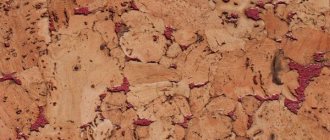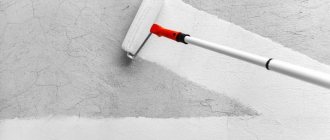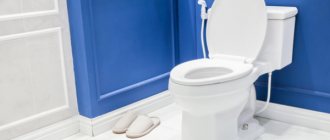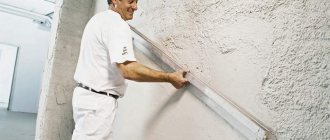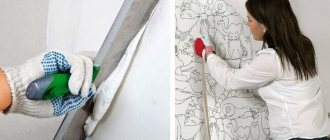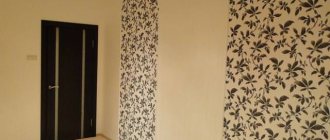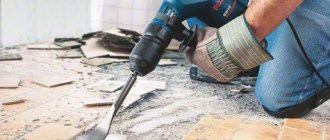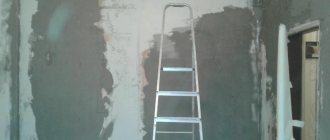Wood or its imitation
The main advantage of wooden textures is that they give the room coziness. It is difficult to find an apartment where wood or its analogues are not used. In wall cladding you can use engineered, barn or tongue and groove boards, lining and saw cuts.
You can also find wooden mosaics on sale, consisting of square and rectangular pieces of wood.
Natural wood has considerable weight, so laminate can be used as an alternative: it lowers the status of the finish, but benefits in practicality and ease of installation.
In addition, there are special thin, lightweight boards made of solid wood, on the back of which an adhesive composition is applied: to fix the element, it is enough to remove the protective film from it and press it against the wall.
Wood is versatile and is used throughout traditional, modern and rustic styles.
Wood finish
Cladding with natural wood products is a fairly environmentally friendly solution for decorating walls, for which there are different finishing options. Wood fibers circulate air well, create a cozy atmosphere, and with proper treatment will last for many years.
Natural lining
The most budget-friendly, but at the same time quite neat material is wood lining. Due to various methods of wood processing, a wide selection of products is obtained in terms of shape and cut thickness, which allows you to find products for different design styles.
Solid lining reduces the level of incoming noise and perfectly retains heat inside the space.
Within one large group of raw materials, there are four models, which are respectively labeled “A”, “B”, “C”, and a separate place is reserved for the concept of “extra”.
It is the latter option that is used to mark products of the highest quality, without any violations during production.
Extra class
Category “A” also includes products of the best class, but the finished products may have one knot in no more than 1.5 m of fabric. It is also acceptable if there are a few small cracks that do not pass through.
Model "A"
Products “B” are considered to be of lower quality, and when they are created, it is possible to leave about four knots per one and a half linear meters, but with a diameter of up to 2 cm, as well as several cracks that do not pass through, and stains.
Marking "B"
Class “c” lining is the least quality, as it allows for the presence of knots up to 2.5 cm in size, cracked areas occupying up to 5% of the entire length of the product, as well as stains and uneven color.
Product "C"
